In the distant Antarctic and North Pole, what comes into view is the vast ice caps and snowfields, where is the world of ice and snow. The coasts of Antarctica and the Arctic Ocean are very unique. It is difficult to see sand, sand, and rocks there. Instead, the coast is made up of crystal clear, white, and pure ice and snow. The Arctic region usually refers to the area north of the Arctic Circle (66°33′N), including the far north areas of North America and the European continent, including Greenland, Iceland and other islands, and most of the waters of the Arctic Ocean. The Arctic is a predominantly oceanic region. The sea area reaches 13 million square kilometers and the land area is only 8 million square kilometers. The ocean area accounts for 61% of the total area of the Arctic region, and the land area accounts for only 39%.
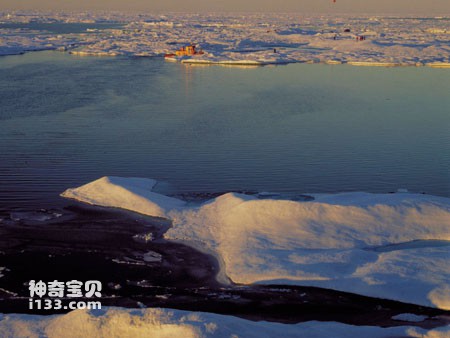
The icy and snowy Arctic Ocean coast
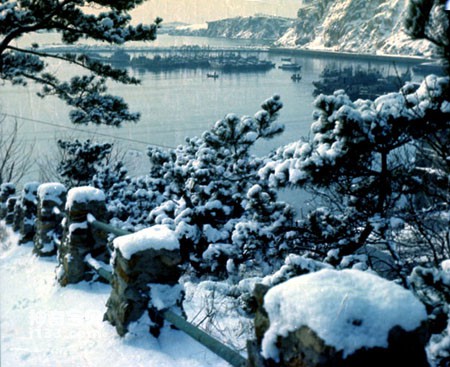
The snowy northern coast of my country
There are 5 million Eskimos living along the Arctic Ocean. They are the indigenous inhabitants of the Arctic region and belong to the Mongolian race (yellow race people). They make a living by hunting marine mammals. They lived tenaciously in the harsh environment, became the masters of the Arctic region, and created a unique Arctic culture. On the ice-covered coast of the Arctic Ocean, you can often see Eskimos lying on the ice, aiming their shotguns at the stumbling polar bears. In 1497, Genoese navigator John Colbert landed on Brighton Island in northern Canada. On the crystal clear ice and snow coast, he was surprised to find traces of human activities. His report reached Europe and caused a sensation. The report described in detail the Eskimos, who were good at using bows and arrows, spears, darts, wooden clubs, and slings, and used animal skins to protect themselves from the cold. From then on, the story of the Eskimos, the proud ice and snow people living on the coast of the Arctic Ocean, spread throughout Europe.
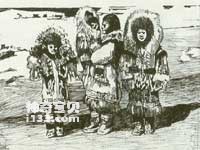
The Eskimos of the Arctic Coast
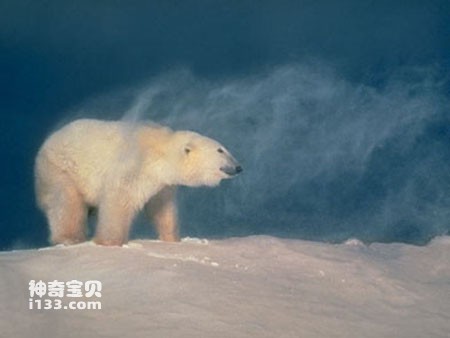
Polar bears on the Arctic coast
When setting foot on the coast of the Arctic Ocean or exploring from the coast to the North Pole, polar bears often launch surprise attacks on the explorers. The explorers had to bring weapons and shoot to repel the polar bear attack at critical moments. You can also see dogs pulling sleds rushing by. The sled dogs are Huskies native to the Arctic. It can adapt to severe cold temperatures below minus 40 degrees Celsius, and can pull a sled across the ice field in the wind and snow.
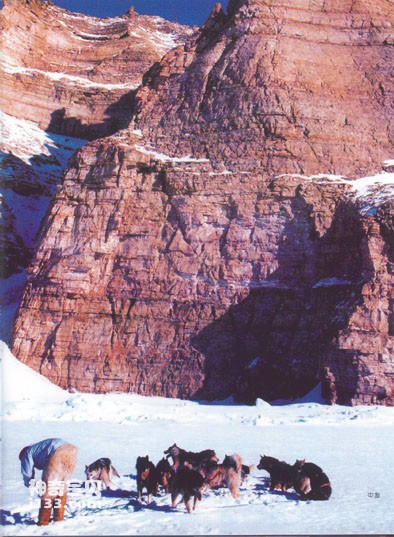
Dog sledding is the main means of transportation for Arctic people
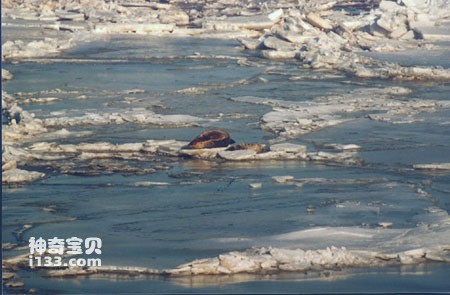
Seals on the ice on the northern coast of my country
The strong Husky can pull a sled carrying tens or hundreds of kilograms for thousands of kilometers on the ice field. Without the huskies pulling the sleds, it would be difficult for explorers to complete their Arctic expeditions. There are stories of explorers saving the day and completing Arctic expeditions thanks to the rescue of Huskies. American female explorer Helen Sayer is a legendary figure. When she was 9 years old, she climbed the 2,517-meter Egmont Peak and became a mountaineering prodigy. In the following 40 years, she climbed 100 famous peaks in the world and became a mountaineering heroine. At the age of 50, she actually reached the North Pole on foot alone, becoming the first woman to reach the North Pole alone. At 9 a.m. on March 30, 1990, she landed on the crystal clear Arctic coast from Kokang Bay on Corvallis Island and began her arduous Arctic expedition. Accompanying Helen was a large black husky named Charlie. Charlie led the way, dragging 40 kilograms of daily necessities. In the early hours of the next day, Charlie, who was vigilantly guarding the tent where Helen was resting, sounded the alarm. Helen got up and saw three strong polar bears walking towards the tent from 200 meters away. Helen fired warning shots and flares at the polar bear, but to no avail. The polar bear still walked slowly towards the tent. At this critical moment, Charlie barked as hard as he could, opened his mouth wide and showed his sharp teeth, and bit again and again, finally scaring away the polar bear. On April 2, Helen was attacked by a polar bear again. When Charlie barked to call the police, a big bear had quietly arrived. It suddenly rushed towards the sled, overturned the sled weighing more than 70 kilograms, and then rushed towards Helen. At this critical moment, Charlie rushed up and bit the bear's leg alertly, and the bear had to deal with Charlie. After getting rid of Charlie's entanglement, the polar bear left in anger. Helen hugged Charlie tightly and shed tears of gratitude. Helen arrived at the northern tip of Bathurst Island on the 15th day. Ahead is the vast Arctic Ocean, and beneath her feet is the glistening coast of ice and snow. She left the coast and embarked on the endless, thousands of miles of frozen Arctic Ocean, starting a more difficult journey with Charlie.
animal tags:
We created this article in conjunction with AI technology, then made sure it was fact-checked and edited by a Animals Top editor.